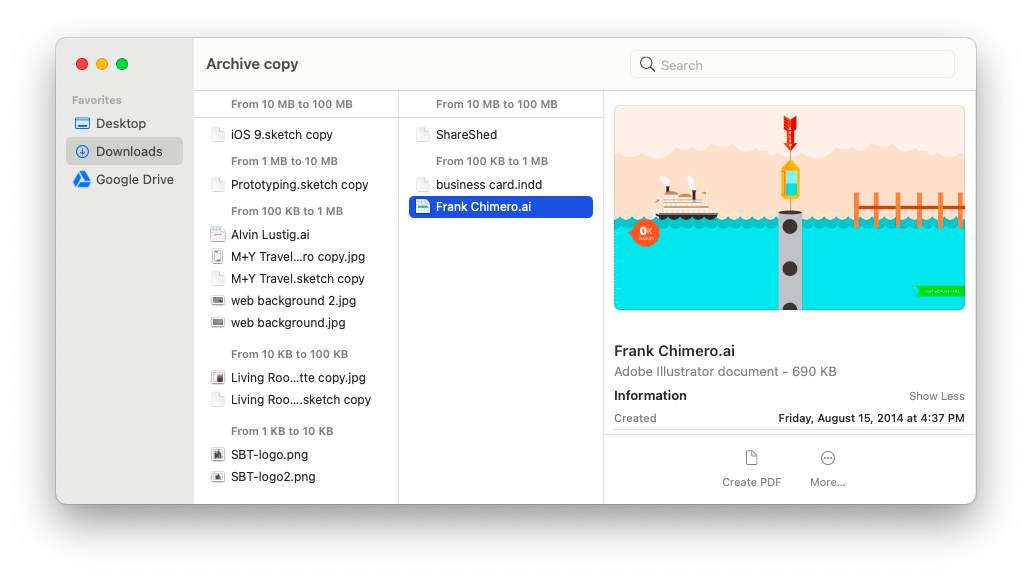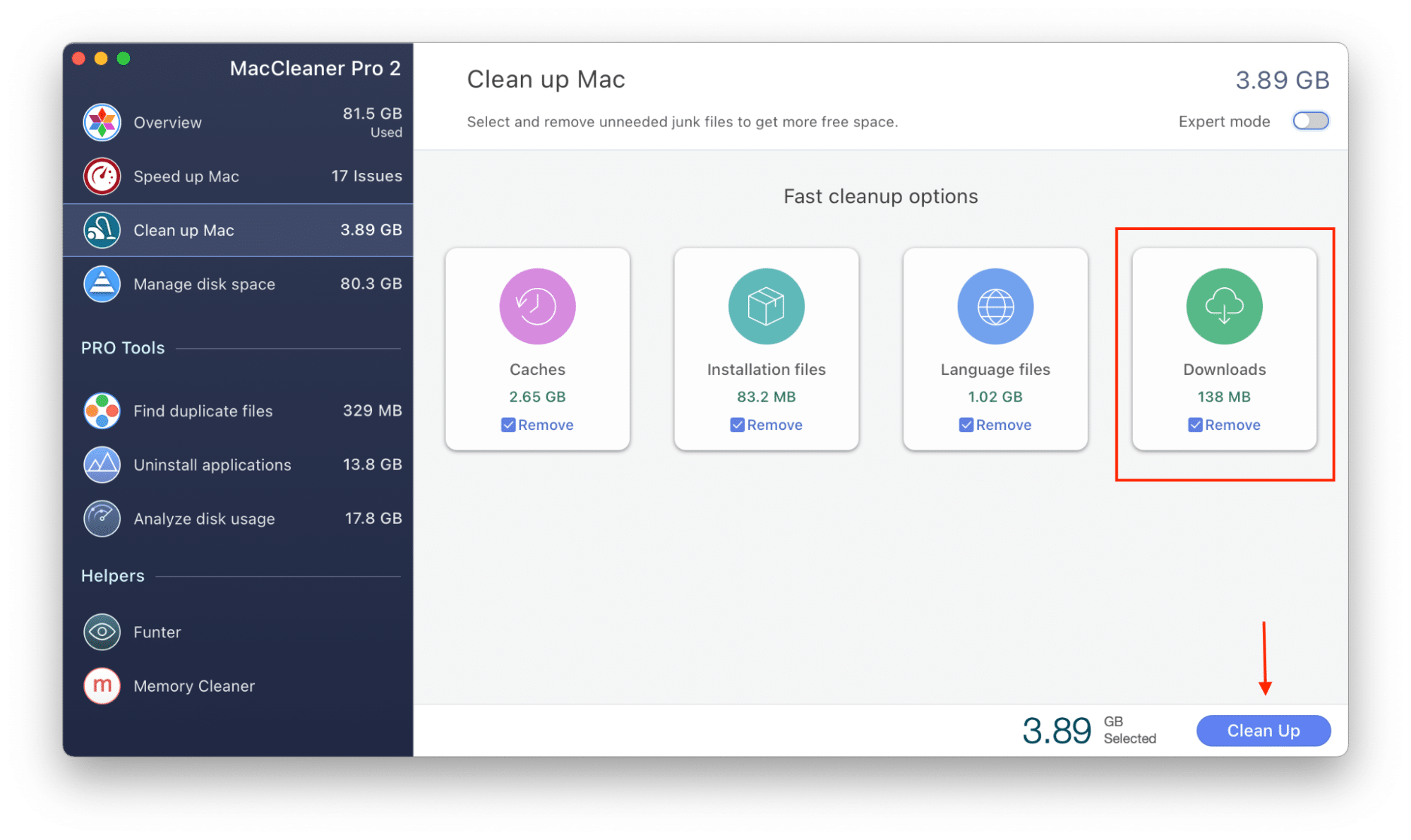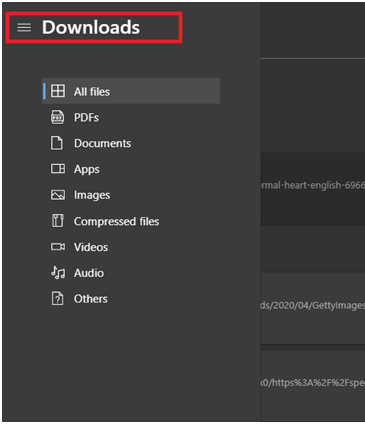Now that you know where all your mail downloads are hiding, it’s time to stop your Mail app from wasting gigabytes of your Mac space. Deleting Mail Download files from a Mac One way to save space and stop mail download overload is to use an email client that makes it easier to find, organize and delete attachments. How to clear your user/app cache on Mac. Mac makes it easy to clear your cached data using simple keyboard shortcuts. From your Finder window, hit shift, command, and G. The “Go to Folder.
© Provided by Mashable How to clear your cache on MacMany of your daily computer activities — like opening programs, logging onto email, and navigating websites — are saved as temporary files within your computer. This is called caching, which, as Apple puts it, “helps reduce internet data usage and speed up software installation on Mac computers, iOS and iPadOS devices, and Apple TV.”
When you visit a website, for example, your browser will download data like images, scripts, and login credentials and save it all in a cached folder. When you visit that same site in the future, your browser simply (and quickly) loads data from the folder it's already created. That way, your computer doesn’t have to spend time downloading all of that information again — it can just pull it from the cache.
There are a few different types of cached data: user or app data that saves information for certain apps; system cache, which your operating system uses to save process information; and browser cache, which saves your web browsing activity.
Convenient, right? But it’s important to clear this cached information every now and then to keep your data safe and free up disk space, which helps your operating system run more smoothly. If you’re having issues with certain apps, it may also be time to clear your cache.
Here's how to get the job done. (Keep in mind: After clearing this data, you may find that when you visit certain websites, you will need to enter your credentials even if you didn’t have to before.)
How to clear your user/app cache on Mac
Mac makes it easy to clear your cached data using simple keyboard shortcuts.
From your Finder window, hit shift, command, and G.
The “Go to Folder” window will pop up. Enter the following command in the search box: ~/Library/Caches. You can also access this command by opening Finder and navigating to Go > Go to Folder from the menu.
Hit the 'Go' button. A folder will open that includes your Mac’s cached files.
From this screen, you can browse each folder and manually delete specific cached files by dragging them to the Trash (and later emptying the Trash). If you know the specific app or process you want to clear, you can select the folder and move it to Trash.
If you want to clear your entire system cache, hit command and A to select every folder, then hit command and delete.
A window will pop up confirming you want to delete the files and asking you for your Mac’s password.
Once you enter your password, Mac will clear your cache.
How to clear your system cache on Mac
System cache doesn’t take up as much space as app or user cache. These are typically files generated by Mac’s operating system, which means you should be a bit more careful when choosing what to delete. You don't want to accidentally erase important files that keep your system running normally.

If you know what you’re doing and the specific system folders you want to empty, here’s how to access your system cache.
From your Finder window, hit shift, command, and G.
The “Go to Folder” window will pop up. Enter the following command in the search box: /Library/Caches (without the ~ that you used above). You can also access this command by opening Finder and navigating to Go > Go to Folder from the menu.
Take care not to delete the actual folder, but you can clear their contents by dragging them to = Trash. Then, make sure to empty your Trash.
SEE ALSO: Photos of an extremely cool-looking Macintosh Classic prototype surface online
How to clear your browser cache
Clearing your browser cache is relatively easy, but instructions will vary depending on what browser you use. Here’s how to clear your cache in Google Chrome, Safari, and Firefox.
Google Chrome
Open Chrome.
From the hamburger menu in the top right toolbar, select More Tools > Clear Browsing Data
From the “Clear Browsing Data” window choose the time range of data you want to clear. Select 'all time' to delete everything.
Check the boxes marked 'Cookies and other site data' and 'Cached images and files.” Check “browsing history” if you’d like to delete this information, too.
Hit the “clear data” button.
Safari
Open Safari.
From the Safari drop down menu, select Preferences.
Navigate to the Advanced tab. Check the box marked, “Show Develop menu in menu bar.” Close the window.
From the toolbar, select the Develop drop down menu and click Empty Cache. If you want to delete your browser history, select the History drop down, then Clear History.
Firefox
Open Firefox.
From the browser’s main menu, select History > Clear Recent History.
From the window that pops up, select the time range of data you want to clear: last hour, last two hours, last four hours, today or everything. Select 'Everything' to delete all cached data.
Click on the arrow next to'Details,” which will allow you to choose the data you want to delete. To delete everything, make sure each box is checked. To only delete your browser cache, just check the box labeled “Cache.”
Click on the 'Clear now' button to delete your data.
We may earn a commission for purchases through links on our site. Learn more
Whenever you download files and applications (PDFs, movies, music, email attachment, and many more) onto your Mac, it automatically goes to your download folder — unless you decide to choose a different location, which may not be applicable in some cases. As time goes on, that folder gets full and takes up memory on your Mac’s device. If that folder takes up enough space, it will begin to slow down performance. Most times, the only viable solution is to delete downloads on your Mac.
Browsers also keep versions of your downloads and history, so deleting them to free up valuable storage space may be a good idea as well. If you want to locate where these files are stored on your computer, keep reading.
How to delete downloads on your Mac
To clear downloads from your Mac, follow these steps:
1. Go to the Finder app in your dock.
2. Select Downloads.
3. Click on the files you want to delete. To delete all downloads, hold the Command Key + A or press shift on your keyboard and simultaneously click the first and last download on the list.
4. The files will be highlighted, right-click on them, and click Move to trash. You can also go to File at the top of the screen, and click Move to Trash.
5. To delete your downloads permanently, click Finder at the top of your screen and select Empty Trash.
Warning: Once you delete your files permanently, it’s gone forever, so be sure this is what you want to do.
Safari and Chrome
The previous step deleted the actual files on your Mac, but there could still be traces of these files.
Web browsers like Google Chrome and Apple’s very own Safari usually keep records of all your downloads. If you use any of the web browsers to download files, there’ll be some track of them stored in the browser. The steps to clear downloads from each browser is different. Read on for more details below.
Delete your download history in Safari
To wipe out download history in Safari, follow these steps:
1. Launch the Safari browser on your Mac by clicking the Safari icon in your dock.
2. Click on Safari in the top menu bar.
3. Click Clear History… from the dropdown menu.
4. There will be a pop-up window that appears. Click the selection box next to Clear and select the time range of history you’d like to erase. To delete all download data, select Clear all history.
5. Click on Clear History in the bottom right.
6. Your download history and browsing data are now deleted – however, this will not delete files you’ve downloaded.
Delete your download history in Chrome
To remove download history in Chrome, follow these steps:
1. Launch Google Chrome on your Mac by clicking the Chrome icon in your dock.
2. Click Chrome in the top menu bar or type chrome://history in the search field and press Enter.
3. Select Clear Browsing Data from the dropdown menu. This will open a new page with a pop-up saying “Clear browsing data” at the top.

4. Click the Advanced tab of the box. Next to each item you’d like to delete, there’s a little box; clicking on each box will “blue-check-mark” them for deletion. This allows you to decide what data stays on your computer, such as cookies and other site data, and what gets deleted.
5. You can also choose what time range of data you want to delete. To delete all download data, click the box next to Time Range at the top of the pop-up page and select All Time from the dropdown menu.
6. Click on Clear data in the bottom right of your screen to delete all your download history and browsing data.
Delete downloads on Mac FAQs
Answer to related questions people also ask:
How do you find your downloads on a Mac?
You can quickly access the Downloads folder on your Mac from Finder’s sidebar. You can also quickly find your downloads from Go > Downloads (Option+Command+L).
How do you delete downloads on MacBook Air?
Select the downloads you want to delete, then drag it to the Trash in the Dock or press Command-Delete.
How To Remove Unwanted Downloads From Mac

Should I delete downloads on my computer?
When downloading files, your computer may quickly fill up. If you’re frequently downloading large files to review or trying new software, you may need to delete them from your computer to create more disk space. Deleting unwanted files is generally safe and does not harm your computer.
Image credit: iMobie